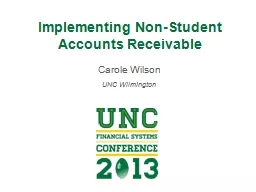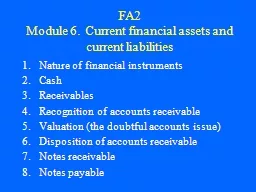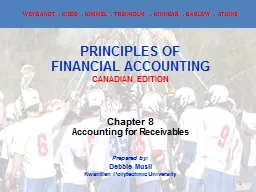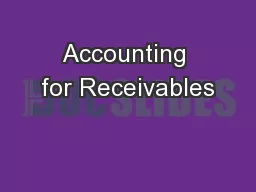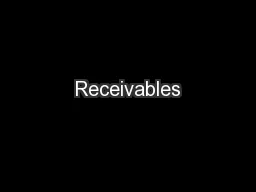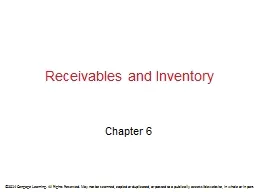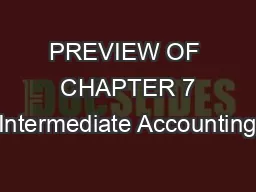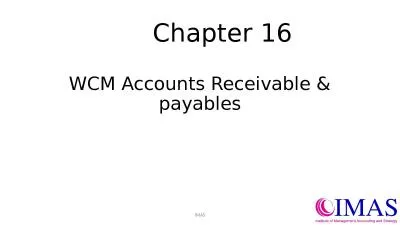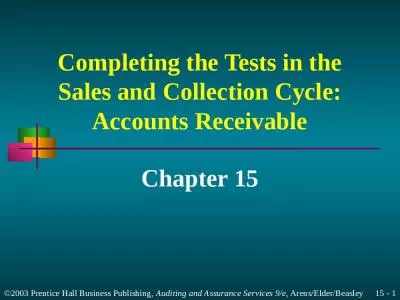PPT-Implementing Non-Student Accounts Receivable
Author : cheryl-pisano | Published Date : 2018-12-22
Carole Wilson UNC Wilmington Session Etiquette Please turn off all cell phones Please keep side conversations to a minimum If you must leave during the presentation
Presentation Embed Code
Download Presentation
Download Presentation The PPT/PDF document "Implementing Non-Student Accounts Receiv..." is the property of its rightful owner. Permission is granted to download and print the materials on this website for personal, non-commercial use only, and to display it on your personal computer provided you do not modify the materials and that you retain all copyright notices contained in the materials. By downloading content from our website, you accept the terms of this agreement.
Implementing Non-Student Accounts Receivable: Transcript
Download Rules Of Document
"Implementing Non-Student Accounts Receivable"The content belongs to its owner. You may download and print it for personal use, without modification, and keep all copyright notices. By downloading, you agree to these terms.
Related Documents

